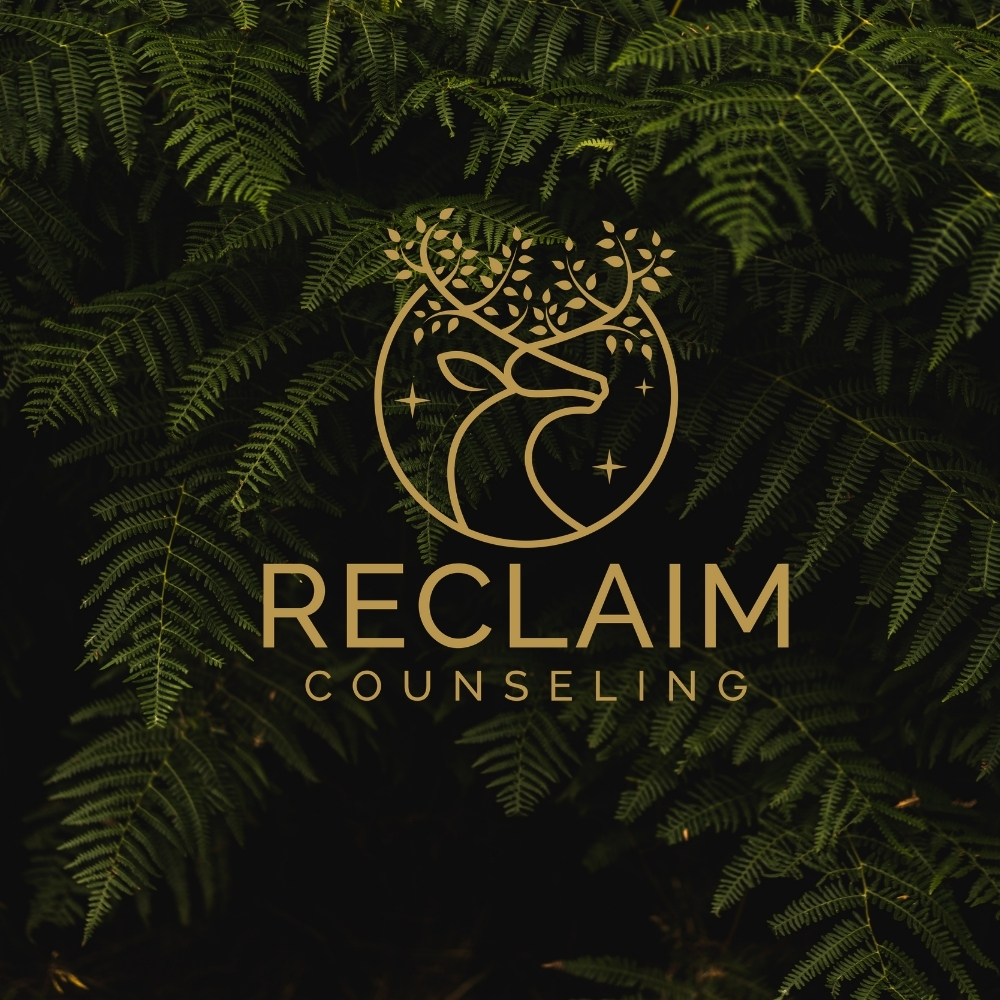Setting boundaries is an important practice in mental health. Boundaries create physical and psychological safety, increase or maintain our self-esteem, and protect our limited energy. Boundaries allow us to engage in healthy relationships both in our personal life and at work.
If we are someone who struggles with setting boundaries because we are afraid of hurting someone else’s feelings, this work can feel terrifying at first. Our hidden fears of being unloved, being abandoned, being too needy, or having someone mad at us will come roaring to the surface and make us feel like what we are doing is wrong. That’s the trickiest part of learning to set boundaries, doing the healthy thing will always feel incredibly wrong at first. On the other end of the spectrum, if we struggle with having too rigid of boundaries due to the fear of intimacy, getting hurt, or making a mistake, once we start to take steps toward more moderate boundaries we will also feel like we are putting ourselves in direct danger.
Our brains are wired to protect us and to keep us safe. Sometimes, they have the unintended aftereffect of keeping us barely living a meaningful life. Growth requires a certain level of discomfort and once we accept that discomfort does not mean “turn around” or “wrong path,” we can actually begin to engage with some of the other feelings that arise out of growth: vitality, confidence, wonder, satisfaction, and freedom. We can become engaged with the potentialities of our life, rather than burdened by the weight of a story already told.
There are many practices, tips, and strategies for developing confidence in setting clear boundaries. However, less talked about is the other side of the equation. What do we do when we are the ones coming up against someone else’s boundary? Intellectually, we might know that we have to respect their boundary and that it does not reflect upon us as a person, but emotionally, this can be a whole different story. We might feel scared, unwanted, unsure, even angry.
Luckily, a boundary is an opportunity for growth for both the one that sets it and the one who comes up against it. In fact, this might be where we do some of our deepest emotional work. A boundary brings to light past childhood wounds and gives us the invitation to process the difficult emotion, shake our habitual responses, and choose a new way of being. A boundary is a beautiful opportunity to practice reparenting ourselves.
What is reparenting? Reparenting is a concept sprung out of psychotherapy which is the idea that we have both an inner child and an inner parent inside of our psyche. Think of our inner child as all of our big emotions from childhood or our shameful, vulnerable, cast aside parts. Think of our inner parent as the beliefs, habits, and views that we internalized from our own parents or from society. If our parent was always very critical of us, we might grow up to have an internal parent or “inner critic” which is just as critical and demanding. Or if our parent saw emotions as weak, our internal parent might get angry and disgusted at us every time we cry. Eventually, as children, we learn to shut down the parts of us that are not seen as acceptable by our families. We learn to emotionally abandon ourselves in order to be loved or in some cases just to survive. However, our inner abandoned child is still in our psyches and still craves to be loved, seen, validated, heard, and protected more than ever.
Our inner child shows up in our present fears, our emotional reactivity, and our escapism. According to Margaret Paul, Ph.D and author of Inner Bonding, a book on reparenting, “When we go ahead and take action without regard to our feelings, or take action that is opposed to what we feel, or take no action in response to our feelings-then we’ve abandoned our feelings or disconnected from them.” Essentially, we’ve abandoned our inner child. And when we continually emotionally abandon ourselves, a sense of dissatisfaction permeates our lives.
Until we recognize and begin to heal our inner child, we will continue to experience inner turmoil because we continue to be in a state of fragmentation and inauthenticity. Now as an adult, we can consciously reparent our inner child or give our inner child all the things that we did not receive or learn as children. Whether that be affection, patience, being vulnerable, being understood, healthy communication, financial security, healthy boundaries, the list goes on.
As mentioned earlier, boundaries can be the perfect catalyst to activate our inner child wounds, as well as the perfect opportunity to reparent ourselves and begin to heal them.
How does this look?
Let’s walk through it with a specific example. Let’s say you’ve had a really hard day at work and all you want to do is come home and cuddle with your partner on the couch to feel comforted. Small problem- your partner also had a hard day at work and instead of cuddling, they’re feeling like they don’t want to be touched at the moment. They’re instead asking for some space and alone time. Your partner has just set a boundary and you have just come up against it. So what do you do?
You notice your emotional activation when the boundary is set. You identify the underlying feeling and the memories or stories that go with it. For reference, the more intense the emotion or reaction, the deeper the childhood wound. In this example, let’s say fears of abandonment are activated.
You remind yourself to be gentle and patient with yourself because you are no longer in your prefrontal cortex, thinking brain. Your childhood wounds were just activated and your limbic system and amygdala (the danger center of the brain) are momentarily running the show. This is not the time for tough love (i.e. “Get it together! What the fuck is wrong with you?”). This is a time for healing the inner child (“I see that you’re really scared right now. I’m going to do my best to stay with you”).
You turn to your self-soothing kit. Hint: It’s helpful to create or work on ideas for this before you are in this state and still have full access to your thinking brain. For this scenario, I might think about ways I can offer myself comfort such as feeling the weight of a warm blanket, holding onto a pillow for support, holding onto a warm mug of tea, applying self-massage, doing deep belly breathing exercises, etc. You want to try and focus your attention on the physical feeling of the blanket, pillow, or breath so that you can slowly begin to calm your activated sympathetic nervous system back into the parasympathetic or rest and digest state.
Once you have this sensory grounding, you might begin to use coping statements or reason to remind yourself that your partner wanting space is not synonymous with them no longer loving you. You might remind yourself that they are taking care of their own needs at the moment, just as you are doing now, and they do not reflect upon you. Reminder: Do not skip step #3 and go straight into using rational thought because this step relies on your prefrontal cortex starting to come back online.
You might shift your attention to gratitude that they feel safe and honest enough in the relationship to voice their needs rather than hiding them which would lead to internal resentment and indicate an unhealthy relationship system.
You then focus on all of the moments in the past week that challenge your fear-based storyline. You recollect all of the times where they did reach out for you, express affection, or show their love. This way you are bringing in the whole picture of the relationship to your understanding, not just your painful and activated emotions in this triggered state.
At this point, you can check in to see if your distress level has gone down enough to feel manageable. If not, getting up to journal and going into some deeper emotional processing is the next step. These emotions might need to feel heard and validated.
If your emotional activation is truly not going down after multiple, genuine attempts to take care of your own needs, then this would be when you communicate with your partner how you’re feeling and re-negotiate whether they would be willing to provide you comfort and touch for a small amount of time. Although it’s important to respect other’s boundaries and do our own emotional work, it is also fair in a relationship to ask for help or support when needed. This shouldn’t become a constant demand or expectation but reserved for when you have exhausted your coping strategies and really need it. Generally, our partners are more than willing to give us that extra comfort or support if we are also willing to show up and respect their boundaries just as often.
So there you have it. A step by step response to a childhood wound being triggered by a boundary. We are reparenting ourselves through this process because we are connecting with our inner child through empathy and patience rather than anger or disgust, we are teaching our inner child self-soothing skills so they feel less dependent on seeking it externally, we are teaching our inner child how to apply reason and objectivity to the situation, we are teaching our inner child how to reorient towards gratitude rather than resentment, and we are teaching our inner child how to widen their perspective and focus rather than staying trapped within a limited range of options. Lastly, we are letting our inner child know it is ok to ask for help if their internal resources are maxed out. If we do this work, our inner child learns over time that they can depend on us to take care of them and slowly their internal protest and terror begins to lessen. Our resilience becomes stronger.
A quick and simple way to remember the steps is:
Step into awareness.
Make an intention around compassion.
Ground and self-soothe the nervous system.
Apply reason and coping statements.
Connect to gratitude over resentment.
Expand focus towards the bigger picture.
Check-in and evaluate.
Journal if necessary. Re-negotiate if necessary.
This practice of reparenting invites us to slow down and become creative, get out of our familiar habit and routine, and practice developing self-love. The boundary offers a chance to both acknowledge old wounds, as well as giving us the opportunity to make sure they no longer have the same grip on us in the present.
It is the practice of letting go and learning to love from a place of giving rather than a place of fear. In this way, coming across our partner’s boundaries or learning to set our own boundaries can be a gift for every party involved.


